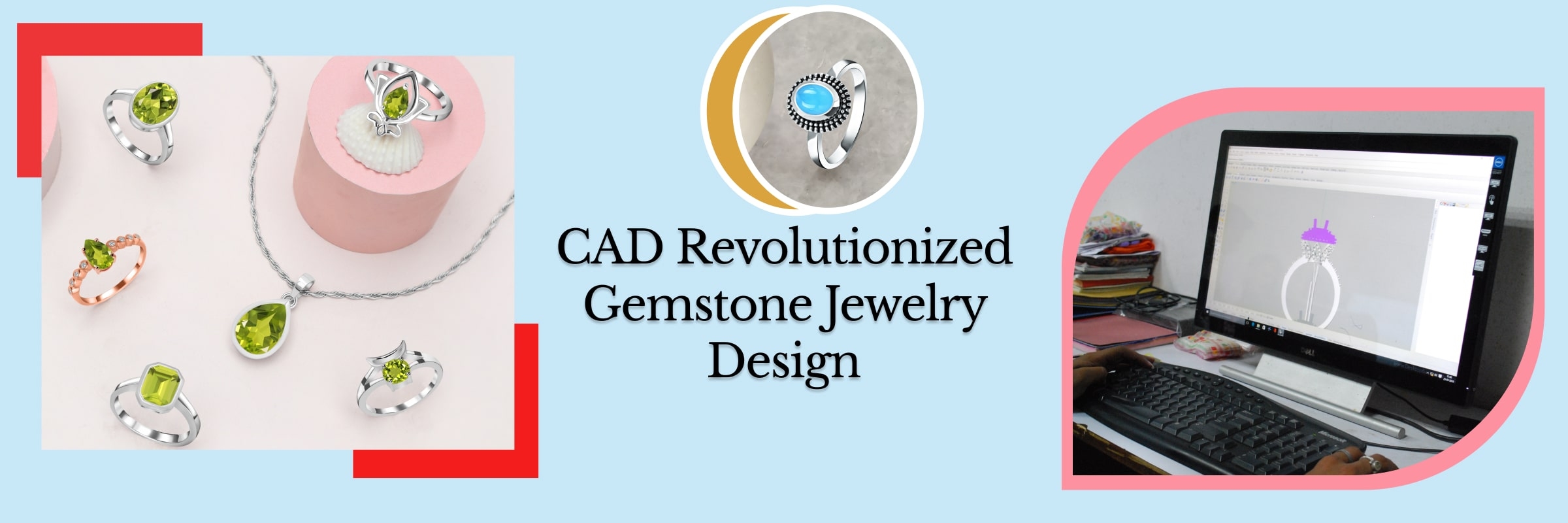Revolutionizing the jewelry industry, CAD software-backed digital design processes have seamlessly integrated into the workflow of jewelry designers. These, coupled with 3D printing, open up boundless creative avenues and customization opportunities. With a myriad of options available, ranging from general CAD Designing tools to specialized jewelry design software, each comes with unique merits, drawbacks, modeling techniques, and specific applications. Exploring these offerings is crucial for making an informed decision when choosing a virtual environment for jewelry design.
Traditionally, jewelry design demanded profound craftsmanship, encompassing skills in wax sculpting, soldering, bending, weaving, and stone setting. However, in the era of digital transformation, significant changes are underway. Modern computer-aided design (CAD) systems enable the complete preparation of designs, which can then be transformed into physical models using 3D printers for swift prototypes, try-on models, and investment casting. Although manual artisanship remains vital, especially for multi-material techniques like inlays, drusy, or mokumé gané, and intricate coloring effects such as sgraffito, selective oxidation, multicolor anodizing, and champlevé enameling, or cloisonné with wires as thin as a quarter of a millimeter, digital jewelry design and 3D printing excel in delivering sharp and intricate designs. The possibilities are limitless, encompassing geometrical complexities such as filigree meshes, interlocking parts, mechanical joints, and intricate mathematical shapes.


No comments yet